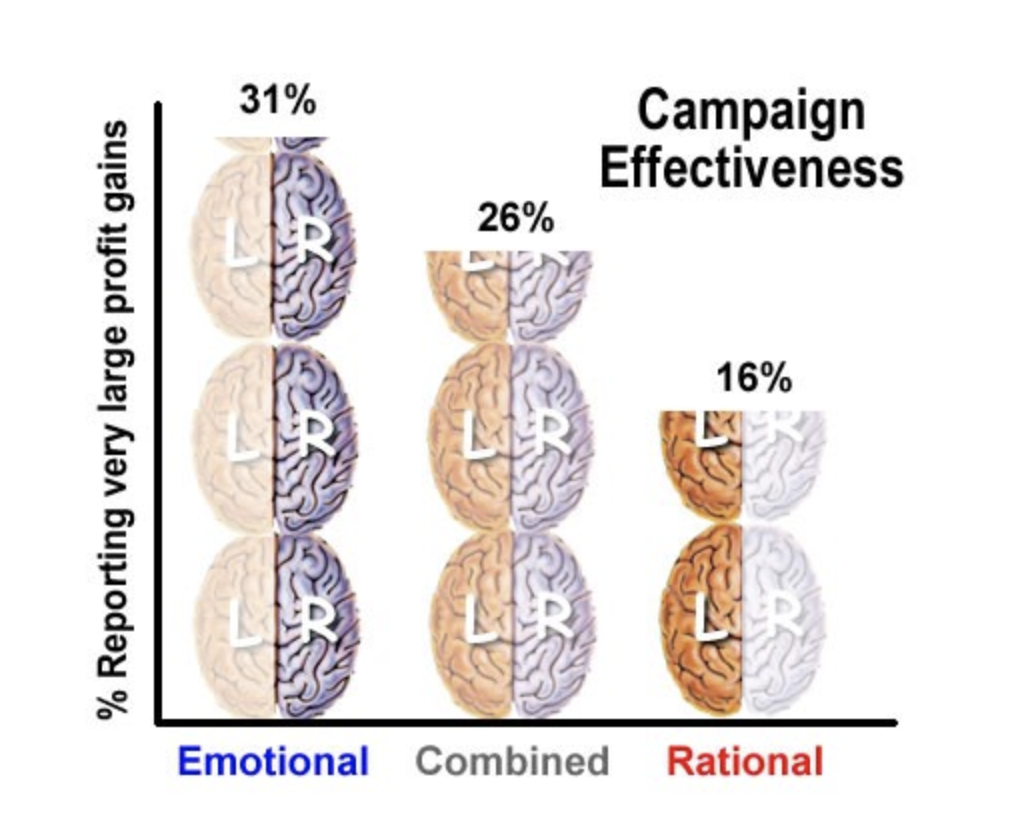The customer is always right, at least that is what we’re always told.
And today more than ever the customer knows exactly what it is they want.
So that’s why it’s important that marketers know exactly what their customers want and why they want it if they are to stand any chance of being able to influence consumer decisions.
So, what is it that actually leads to someone making a purchase? There are actually from the very first initial thought through to the purchase.
- Recognition stage: This is the stage when we realise that we need something.
- Search stage: The point at which we look for a solution to the problem. This normally means going in search of products/services.
- Comparison stage: The moment at which we have a number of options from which we can choose and we need to decide which would be the best fit for our requirements.
- Decision stage: The stage at which we make the purchase.
- After-purchase stage: This is the time after the purchase in which we evaluate our decision. Was it a success and are we happy with our decision, or do we decide to take it back and exchange it for something else if possible?
All business to customer transactions involve four factors that will likely influence the buyer’s choice. Once marketers know what these factors are they will be able to integrate them into their marketing and sales efforts.
Further reading on marketing
- Here are the top digital marketing trends for 2019
- Digital marketing vs traditional methods
- Are you marketing your products in the right way?
But what exactly are these four important factors?
1. Psychological Factors
Psychological factors will include motivation, perception, learning and experience and consumer beliefs. Let’s take a look at these more closely.
- Motivation: This is a need that focuses the customer on a goal or desire. These needs are normally social, self-esteem, self-actualising security or psychological needs.
- Perception: This is taking a decision based upon how the consumer in question senses the world. Everyone’s view of the world is different and it is this that separates individual decision making.

- Learning and experience: Many customers now research the products before they buy them or they may have knowledge of a past purchase by the same brand. Knowledge of the product or service plays a huge role in whether a customer will purchase a product or not.
- Beliefs: The personal attitudes and beliefs of a customer will greatly influence whether they purchase something or not. Any company that doesn’t align with the beliefs of its customers will find it hard to sell its products or services.
All of these factors can be influenced with relative ease by marketing and sales teams. You can change how your brand is viewed by the public with a good pitch, rebrand or marketing campaign.
2. Personal Factors
This is typically referred to as market demographics. These factors cover a number of variables including the age, career, interests, financial position and personality traits of the customer. These are changeable factors and they vary in influence during the progression of the life cycle. Although every customer is different, grouping similar personal factors, such as age or gender, will correspond with specific behaviours in that group. The more niche the groupings, the more accurate the predictors of behaviour tend to become.
3. Social Factors
These will influence the customer based upon which social group or groups they belong to, their social status and their role in society. Customers will often be influenced into buying something or not buying something based upon the opinions of their social group. Social factors are similar to cultural factors but they tend to be less ingrained and more open to change. Social factors can also exist online and are influenced by trends and fads.

4. Cultural Factors
Similar to social factors above, cultural factors may include the buyer’s culture, sub-culture or even their social class. Often culture and social class and the values inherent in both of them will influence the purchasing decisions of people within those cultures and social classes.
Successful marketers should focus their efforts on aligning the values of the brand with the cultural or social classes they are attempting to target. They should also consider the social class of their customers and whether they are looking to find the best deal or not.
Today’s customers are fairly astute when it comes to knowing what they want to buy, but knowing their social class and position will enable marketers to better shape a campaign to appeal to their needs and aspirations.
All of the above factors demonstrate how you can influence a customer’s purchasing behaviour. Ultimately, marketers need to know their customers and to whom they are directing their campaigns.
If a marketer creates a campaign that focuses on the personal, psychological, cultural and social nuances of their customers, it will have a far better chance of successfully influencing them.
Case study: Lynx
In order to challenge the prevailing view of masculinity in the UK, men’s deodorant giant Lynx created a series of videos which featured interviews with sportsman and celebrities. It increased its social engagement rate by 32 per cent and increased awareness of male suicide by 45 per cent in the UK.
Steve Hill is the director of Bag Workshop and has worked in marketing for over a decade.






